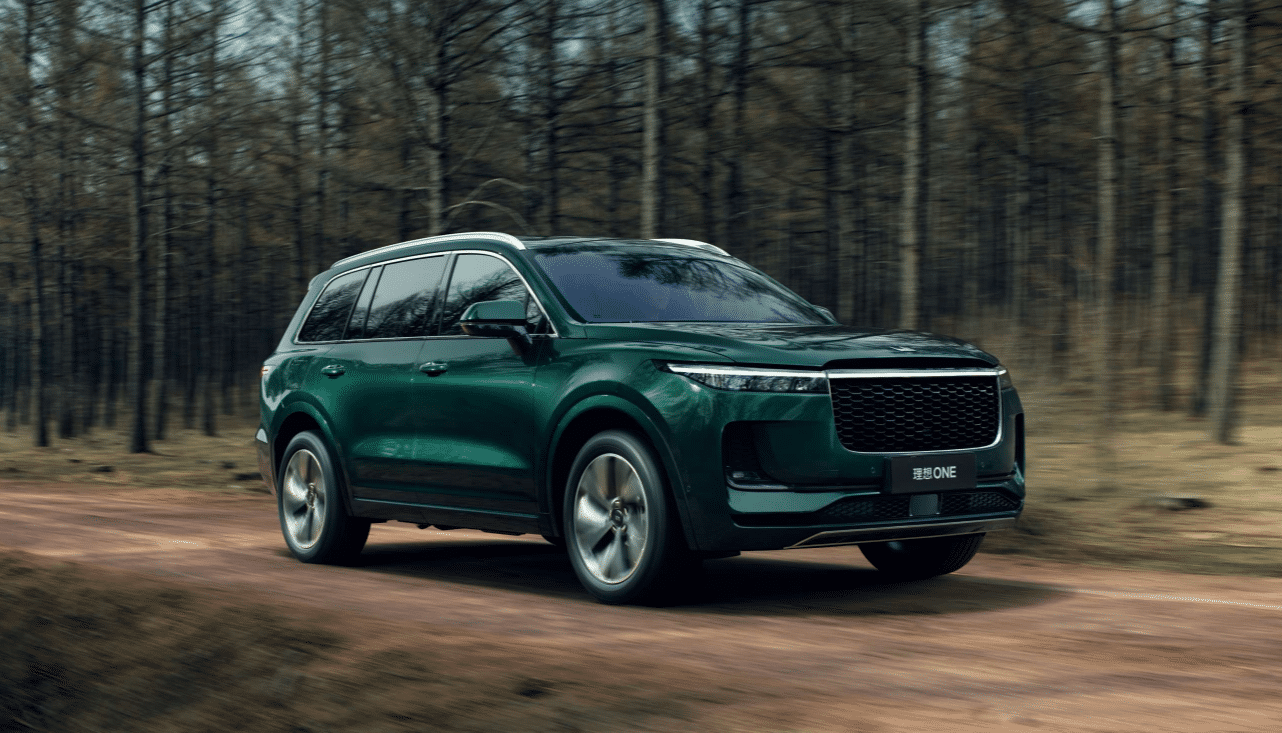Li Auto’s third factory said to be located in Chongqing with site purchased
China’s EV startup, Li Auto’s suspected Chongqing manufacturing base project was coming to light when the automaker purchased a land site in Chongqing.

Photo credit: Li Auto
According to Chongqing’s municipal website of public resource trading, Chongqing Chezhiyu Automobile Industry Co., Ltd., secured the No. A16-8 land site in Liangjiang New District, Chongqing, for roughly RMB431 million $68.03 million) on January 27th, 2022.
The land’s buyer is a wholly-owned subsidiary of Li Auto. Insiders of the auto industry deducted that the land purchase signifies Li Auto’s step towards building the rumored Chongqing manufacturing base. A local media outlet sought confirmation from Li Auto, and the automaker said “no comment”.
Early on, on December 15th, 2021, Li Auto has inked a strategic partnership framework agreement with the municipal government of Chongqing. At the time, the founder and CEO of Li Auto, Li Xiang, expressed that the company would play to its advantages, and further expand its investment in the city, to cement the relationship.
Currently, Li Auto has two manufacturing bases in China, one in Changzhou, Jiangsu Province, and another in Beijing undergoing reconstruction.
The Changzhou base takes up 750 acres of land, with a designed yearly production capacity of 100,000 vehicles. In 2021, Li Auto sold 90,491 vehicles in total, merely getting by with its only operational factory. Nonetheless, it is reported that the Changzhou factory will be welcoming a new workshop soon, with another 100,000-vehicle designed capacity.
Meanwhile, the carmaker’s Beijing factory is originally known as the Beijing Hyundai first factory. The reconstruction of the factory consists of 270,000 square meters of area, with a post-reconstruction production capacity of 100,000 vehicles per year. The factory is said to be used for battery-electric vehicles, with an estimated opera

